Featured Articles
Error "Invalid media or Track 0 bad - disk unusable"
"Hi, my SanDisk flash drive went bad. While trying to format the card, Windows prompted the first error message saying the format did not complete successfully. When I continued the process, I got another error message saying 'Invalid media or Track 0 bad - disk unusable'. How can I deal with it?"

As a matter of fact, if "invalid media or track 0 bad - disk unusable" error occurs to SD card, USB flash drive, HDD and other disks after format failed, it means that the position of track 0 is bad. If there is bad track, you can't open your SD card, USB drive or other drives.
What Is Track 0
A track on a disk drive is a circular path on the surface of a disk on which information is recorded and from which recorded information is read. Track 0 is located at the very start of a disk and is used to save information about the layout of the disk. Generally, Track 0 consists of the first 64 sectors of the disk (as you may know, the first sector of Track 0 is MBR - Master Boot Record). If Track 0 goes bad, you can't open the USB drive or memory card normally. Luckily, receiving the error doesn't necessarily mean the Track 0 is bad. You may get the error due to other reasons.
What Causes "Invalid media or Track 0 bad"
The issue may result from minor issues or serious physical damage on the device, including:
- Connection issues
- Bad sectors on the external hard drive, USB flash drive, or memory card
- MBR missing or corrupted
- Hardware issues
Before the Fix: Recover Data from the External Storage Device
Before introducing the fixes, you may be concerned with the files existing on the hard drive. Can you recover data from memory card which reports 'Track 0 bad' error? If Windows can still recognize and detect the disk properly, you can grab the last chance to rescue files on the memory card or other devices with the error message "Invalid media or Track 0 bad - disk unusable". The free data recovery software - EaseUS Data Recovery Wizard will help you recover data from the problematic device.
Step 1. Choose and scan the external hard drive
- Download and install EaseUS Data Recovery on your PC or laptop.
- Connect the external hard drive to your computer.
- Run EaseUS Data Recovery Wizard and choose the external drive from External drives list. Then, click "Search for Lost Data".
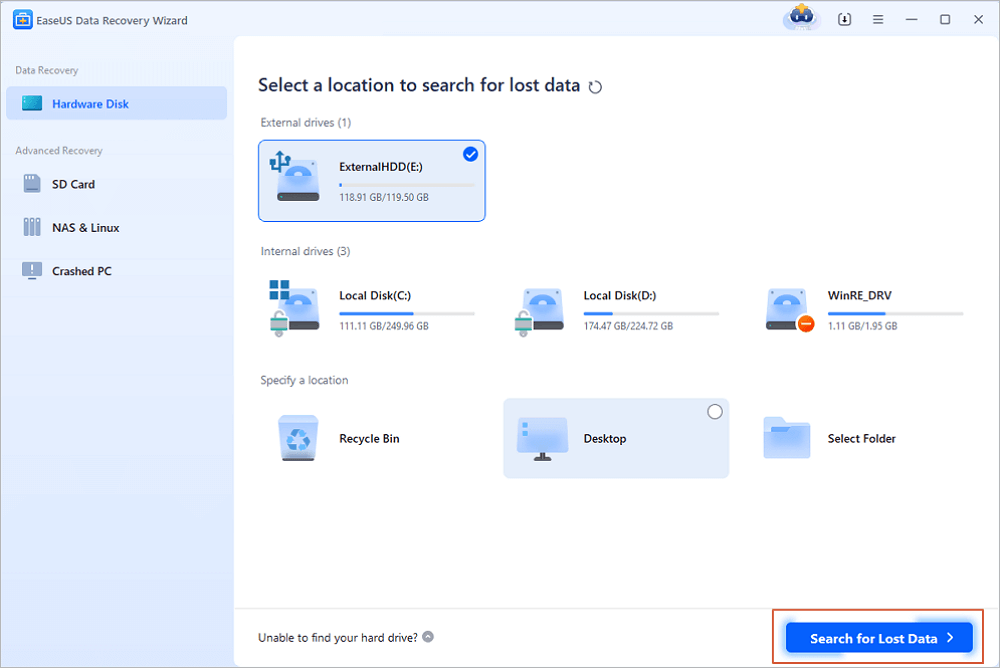
Step 2. Check the scan results
- EaseUS data recovery software will immediately scan the selected drive for all data, including deleted, corrupted, and existing data.
- You can use the Filter feature to quickly locate the files of one kind, such as Pictures, Word, Excel, PDF, videos, emails, etc.
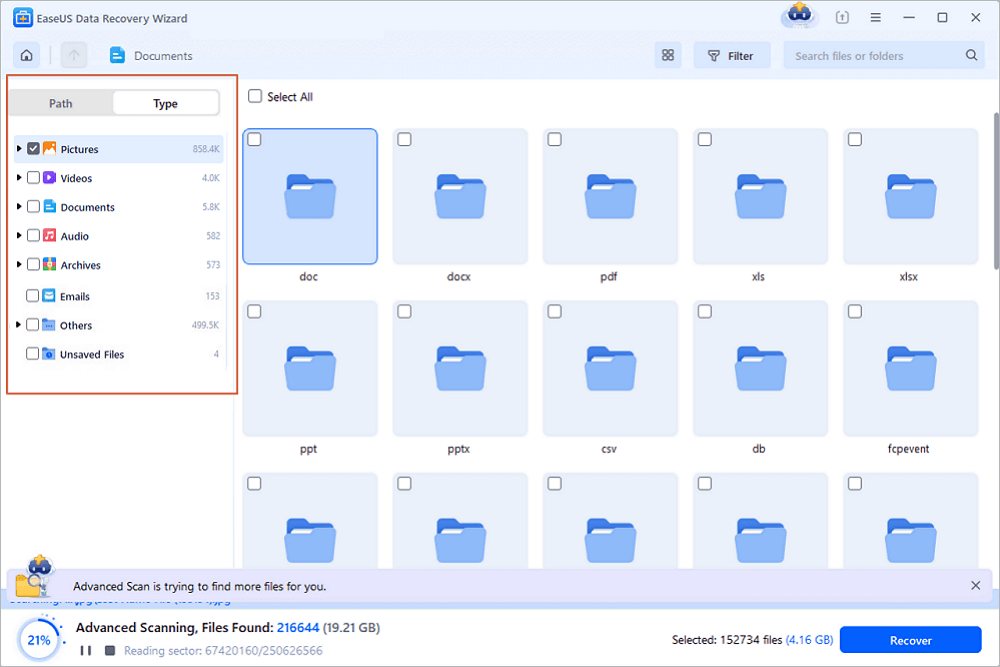
Step 3. Preview and recover data
- Double-clicking a file from the scanned results to preview.
- Choose the files you want and click "Recover".
- Select a different drive to save the recovered files instead of the original one.
💡Tip: You can restore data on the local disks, external hard drives, and also the cloud storage.
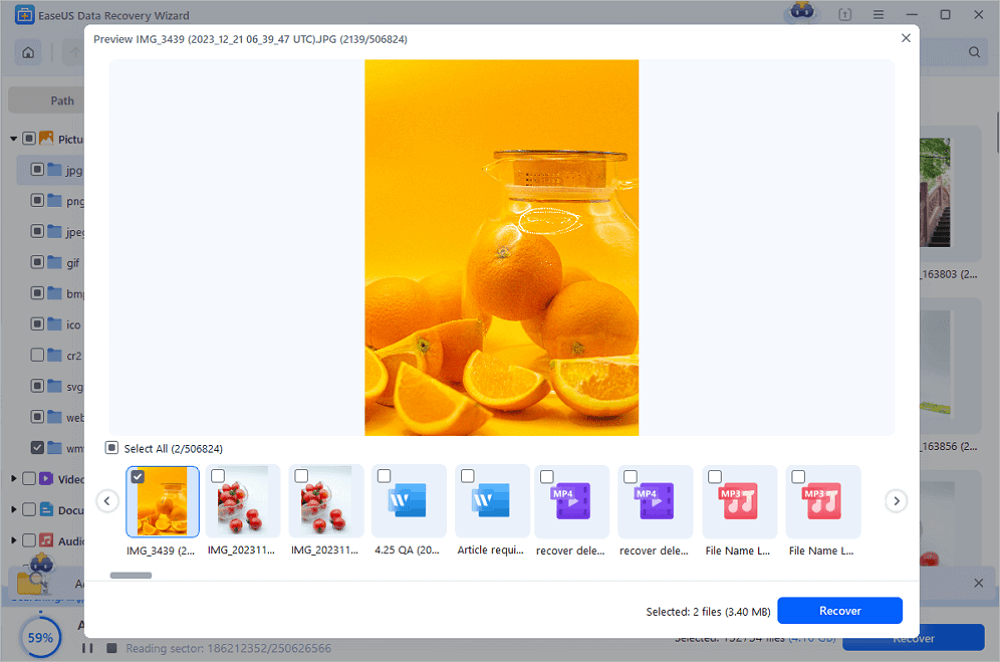
8 Fixes for "Invalid media or track 0 bad - disk unusable"
In addition to the corresponding solutions based on the possible causes, there are other potential fixes for the error "Invalid media or track 0 bad - disk unusable. Format failed." Quickly get the full solutions to invalid media or track 0 bad:
- Check USB connection
- Disable write protection
- Format the drive to another file system
- Use cmd to format
- Rebuild MBR
- Remark track 0
- Repair bad sectors
- Send for repair
Fix 1. Check USB Connection
Minor connection issues can also result in serious errors like clicking hard drive, disk structure corrupted and unreadable, and the one in discussion "Invalid media or track 0 bad - disk unusable." Thus, never mind checking the USB connection first. You can:
- Change the USB port/cable
- Connect your external hard drive or other storage devices to another computer and check whether the problem remains
- Connect your USB drives to the rear port which provides a more stable power supply compared to the front ones
Fix 2. Disable Write Protection
The read-only attribute can also result in the error in CMD. Another issue caused by write protection on the hard drive is "Windows cannot run disk checking on this volume because it is write-protected."
To remove write protection:
Step 1. Run "Command Prompt" as an administrator.
Step 2. Enter diskpart and click "Yes" in the prompt asking for permission.
Step 3. Enter the following command in order:
- list volume
- select volume X (Replace "X" with the number of your write protected hard drive.)
- attributes disk clear readonly
If you don't consider yourself a pro-computer user and you're not familiar with command-lines, don't worry. There are graphical-based solutions to help you remove write-protection from your hard drives, USB drives, and even SD cards.
EaseUS CleanGenius is one of these tools that helps you fix aforementioned issues on your drives without knowing a thing about command-line.
Here's an easy-to-follow guide on how to use this tool to get your issues sorted:
Step 1: DOWNLOAD and install EaseUS CleanGenius (free) on your computer.
Step 2: Run EaseUS CleanGenius on your PC, select Optimization and choose the Write Protection mode.
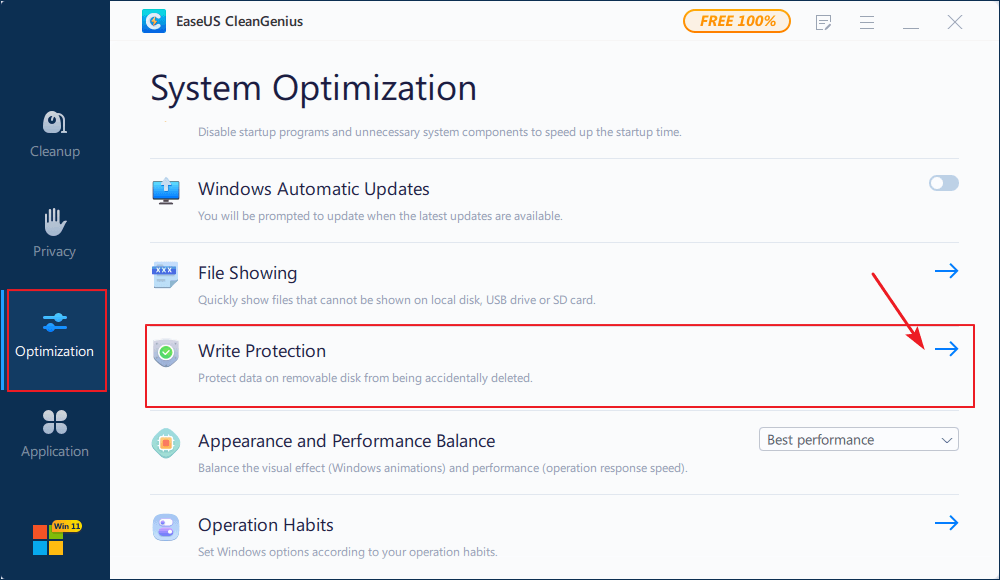
Step 3: Select the device that is write-protected and click Disable to remove the protection.
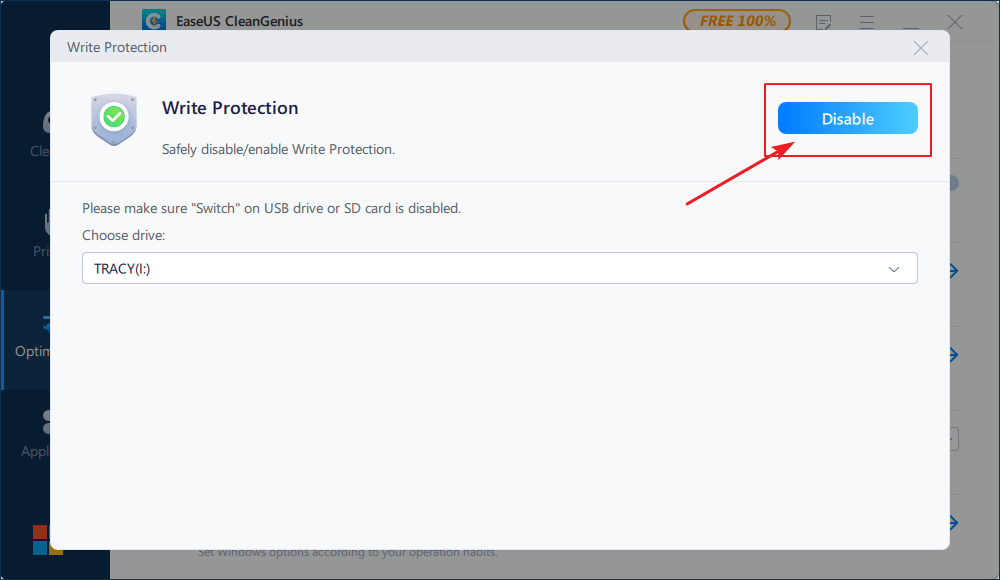
Fix 3. Format the Drive to Another File System
Formatting the drive to an improper file system may be the culprit of the error "Invalid media or track 0 bad - disk unusable." Generally, three file systems, including FAT32, NTFS, exFAT, are available in Windows. When you receive the notification, try to format your drive to another file system instead of the one that reports the error.
Fix 4. Use Diskpart or Third-Party Software to Format the Drive
When you encounter the error, you are probably using the format command like "format e: /fs=ntfs". When this way fails to work, you can try to format your drive using diskpart command or third-party software like free partition manager - EaseUS Partition Master.
To format your drive using diskpart:
Step 1. Run "Command Prompt" as an administrator.
Step 2. Enter diskpart and click "Yes" in the prompt asking for permission.
Step 3. Enter the following command in order:
list disk
select disk X
create partition primary
select partition 1
active
format fs=fat32 quick
Note: "fs" means the file system you want to assign to the partition, be it FAT32, NTFS or exFAT. "quick" indicates "quick format".
Using third-party software to format your drive is much easier than using diskpart. Not convinced? Read the article about how to format hard drive in Windows 10.
Fix 5. Rebuild MBR
As mentioned above, MBR is a part of Track 0. When MBR on your disk is missing or corrupted, your device will go wrong definitely. Thus, it's worth trying to rebuild MBR to fix the error "Invalid media or track 0 bad - disk unusable."
Fix 6. Remark Track 0
If the error occurs due to truly Track 0 error on your external hard drive, USB flash drive, or memory card, you can remark Track 0 to solve to problem. To get things done, you need the help of a third-party tool, called PC Tools 9.0.
Step 1. Boot your system into DOS environment from bootable CD/DVD disc and put another disc that has PC Tools 9.0 within.
Step 2. To repair the bad track, you're going to use the tool's DE.EXE command. In order to edit Track 0, disable or remove the read-only mode under "Configuration".
Step 3. Navigate to "Select" > "Drive Type" > "Physical" > "Hard disk" and press "Enter".
Step 4. Now, the Partition Table appears, find "Beginning Cylinder", where track 0 starts. Put the mouse point there, and modify the number '0' to '1'. Ensure track 1 is not bad. Press "Enter".
Step 5. Click "Save" to save the changes you've made and exit.
Step 6. Restart PC and then format the hard disk of which the track 0 was bad.
Fix 7. Repair Bad Sectors
Track 0 consists of the first 64 sectors on the disk. When one of them goes bad, you are likely to get the error message "Invalid media or track 0 bad - disk unusable" when you try to format the drive. Therefore, try to repair bad sectors on your drive to remove the error.
Fix 8. Send for Repair
If none of the fixes above works, your last choice is to send your external storage device for repair to ask help from specialists. Hardware issues like physical damage cannot be solved using the methods above, only manual repair may be useful in such a situation.
The Bottom Line
"Invalid media or track 0 bad - disk unusable" is one of the common errors bothering Windows users. To fix the error which you receive while formatting a drive, there are eight possible ways for you to apply. Hope one of them could help you out of the problem perfectly. If your external hard drive, USB flash drive or memory card is beyond repair, get it replaced if it's under warranty or switch to a new one directly.
Was This Page Helpful?
Cedric Grantham is a senior editor and data recovery specialist of EaseUS. He mainly writes articles and how-to tips about data recovery on PC and Mac. He has handled 10,000+ data recovery cases and is good at data recovery of NTFS, FAT (FAT32 and ExFAT) file systems, and RAID structure reorganization.
Approved by Evan Galasso
Evan Galasso is a digital forensics and data recovery engineer with over 10 years of experience in the field. He presents opinions on the current state of storage media, reverse engineering of storage systems and firmware, and electro-mechanical systems of SSDs and HDDs.
Related Articles
-
Recover Deleted Files by Date | Easy and Effective Methods
![author icon]() Jean/Dec 12, 2025
Jean/Dec 12, 2025 -
Windows Has Problem Ejecting USB Mass Storage Device | 6 Ways
![author icon]() Cedric/Dec 12, 2025
Cedric/Dec 12, 2025 -
How to Repair Windows 10 for Free in 6 Ways
![author icon]() Brithny/Dec 12, 2025
Brithny/Dec 12, 2025 -
Exception Processing Message 0xc0000005 - Unexpected Parameters [Fixes]
![author icon]() Jaden/Dec 12, 2025
Jaden/Dec 12, 2025